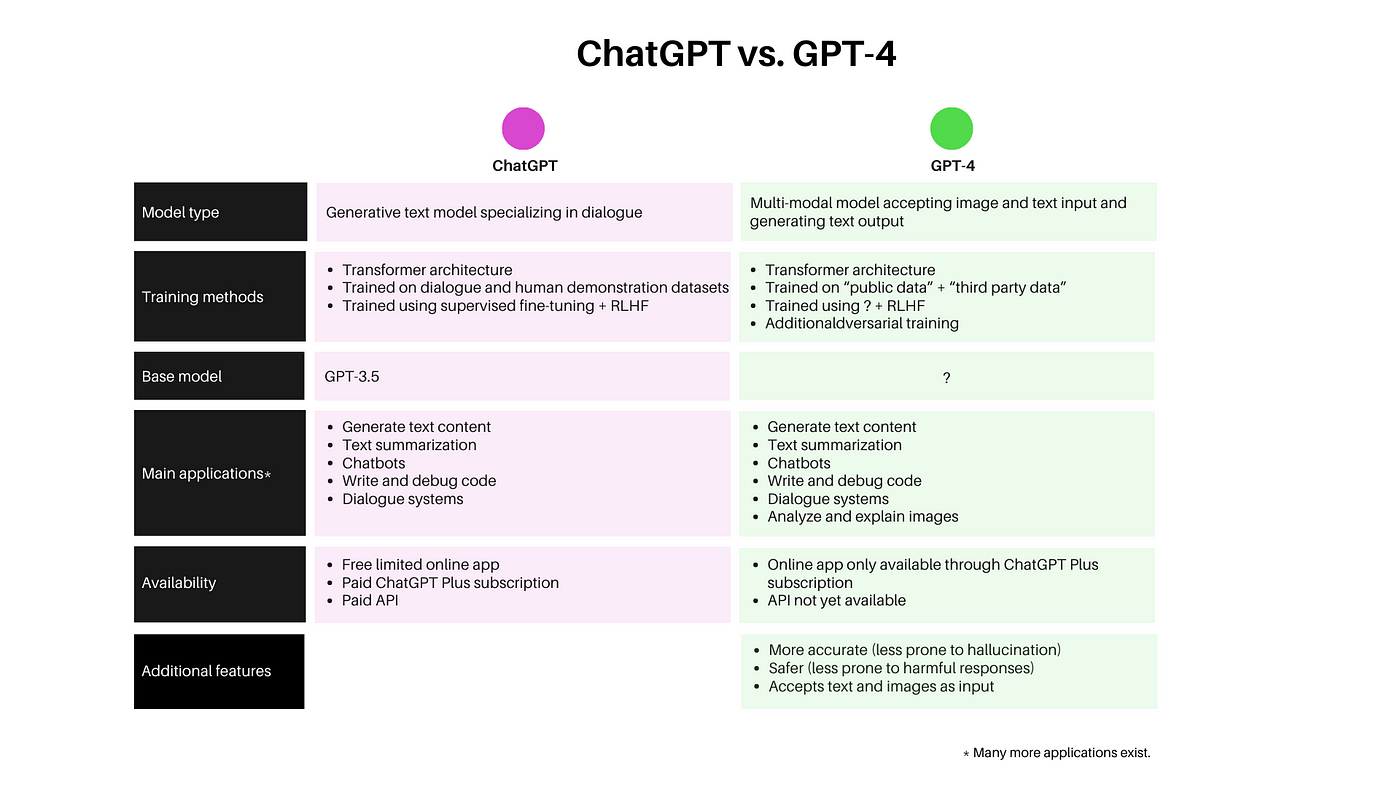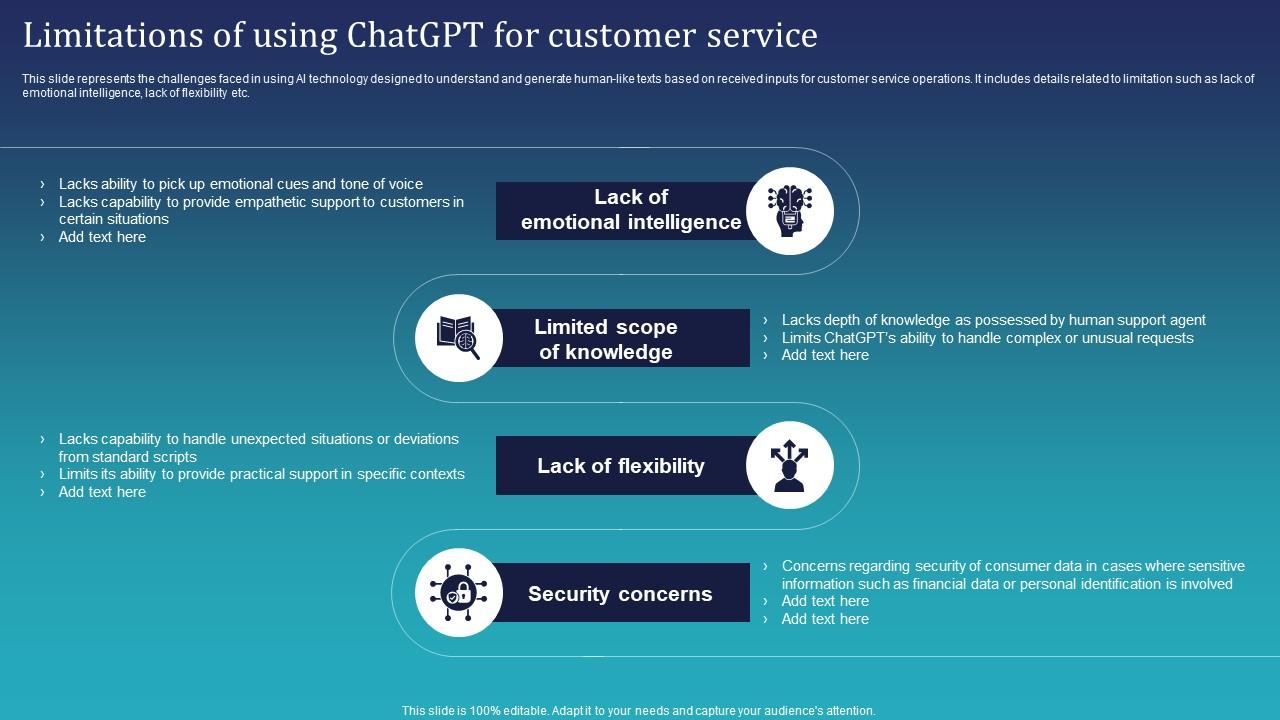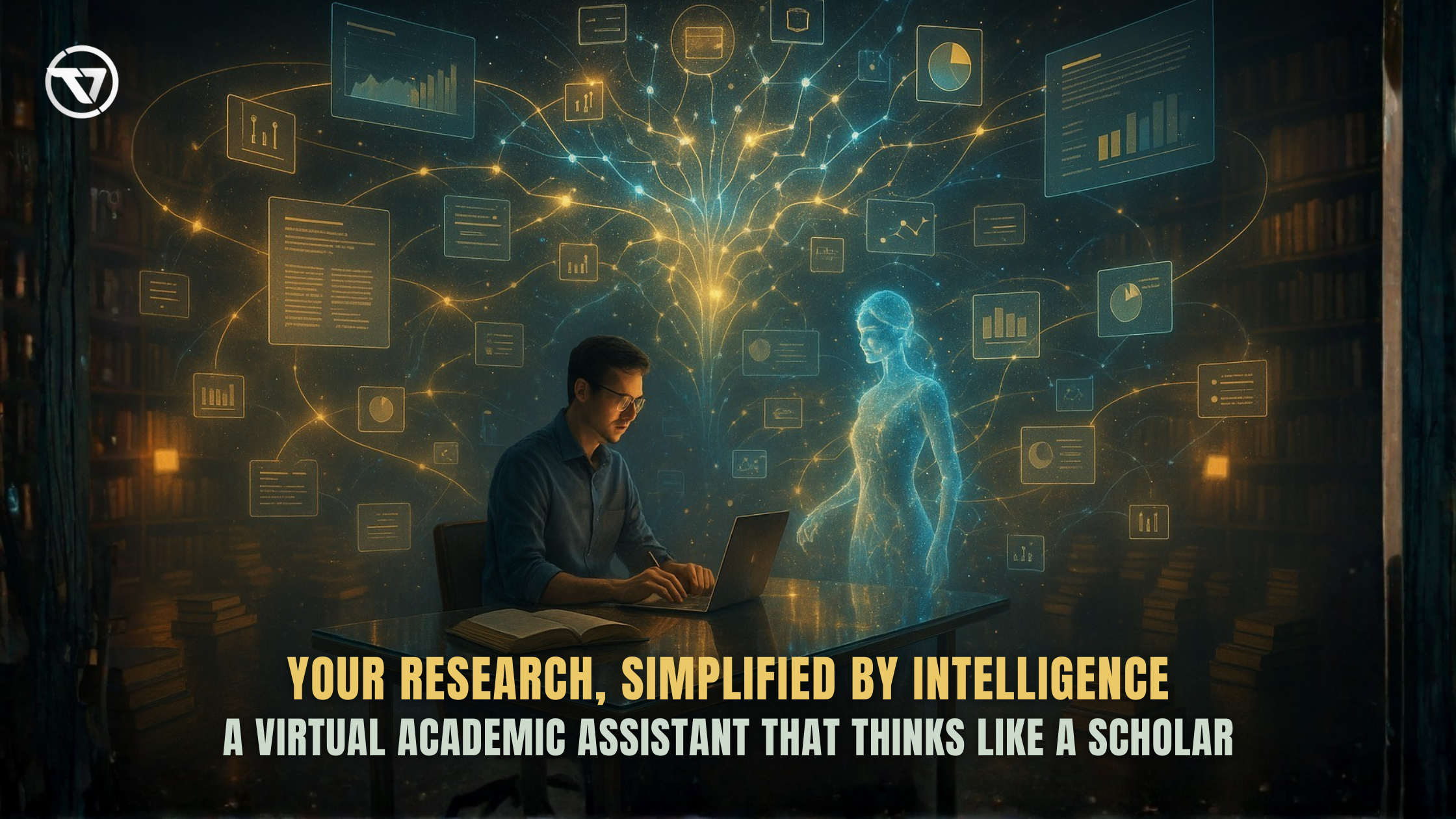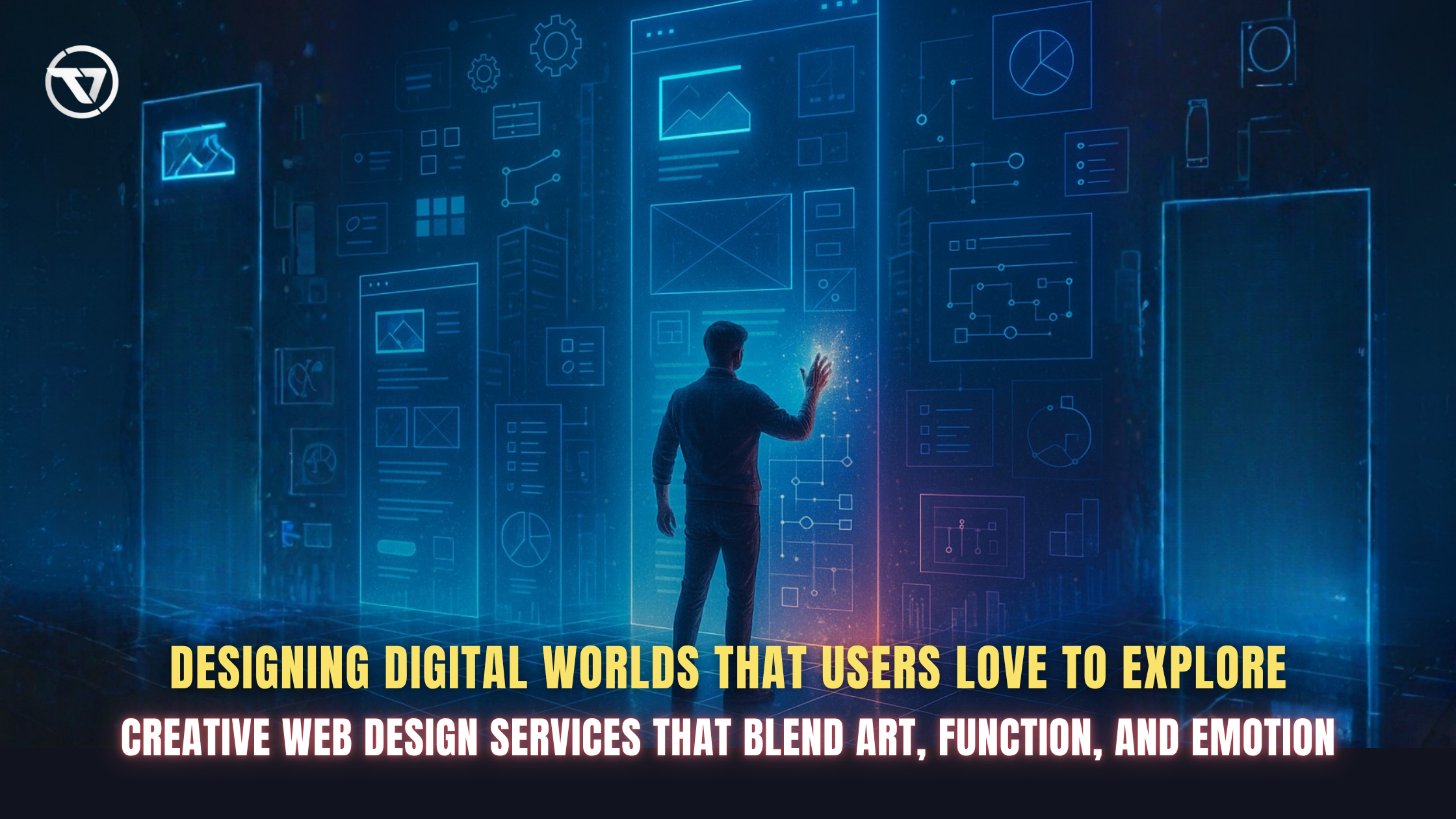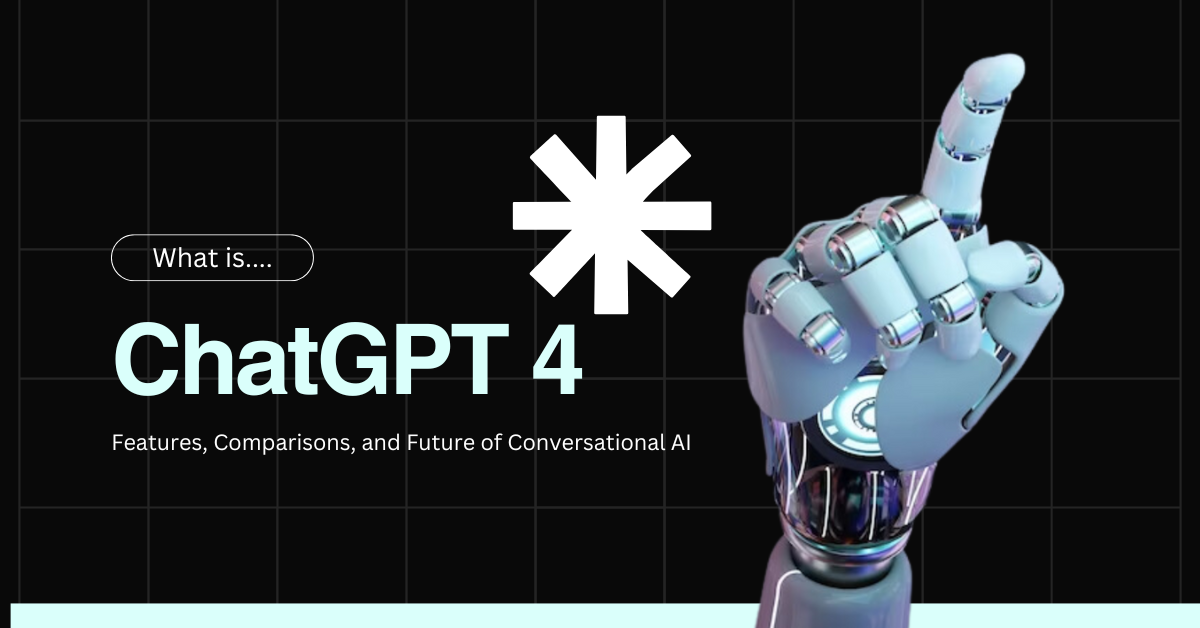
ChatGPT 4: Evolution, Features, Comparisons, and Future Updates
OpenAI’s ChatGPT has revolutionized artificial intelligence, offering human-like conversational abilities. From its humble beginnings with GPT-1 to the groundbreaking release of ChatGPT 4, the model has become a cornerstone for industries ranging from education to business. This blog explores the evolution of ChatGPT, compares its versions, dives into its applications, and uncovers what the future holds for conversational AI.
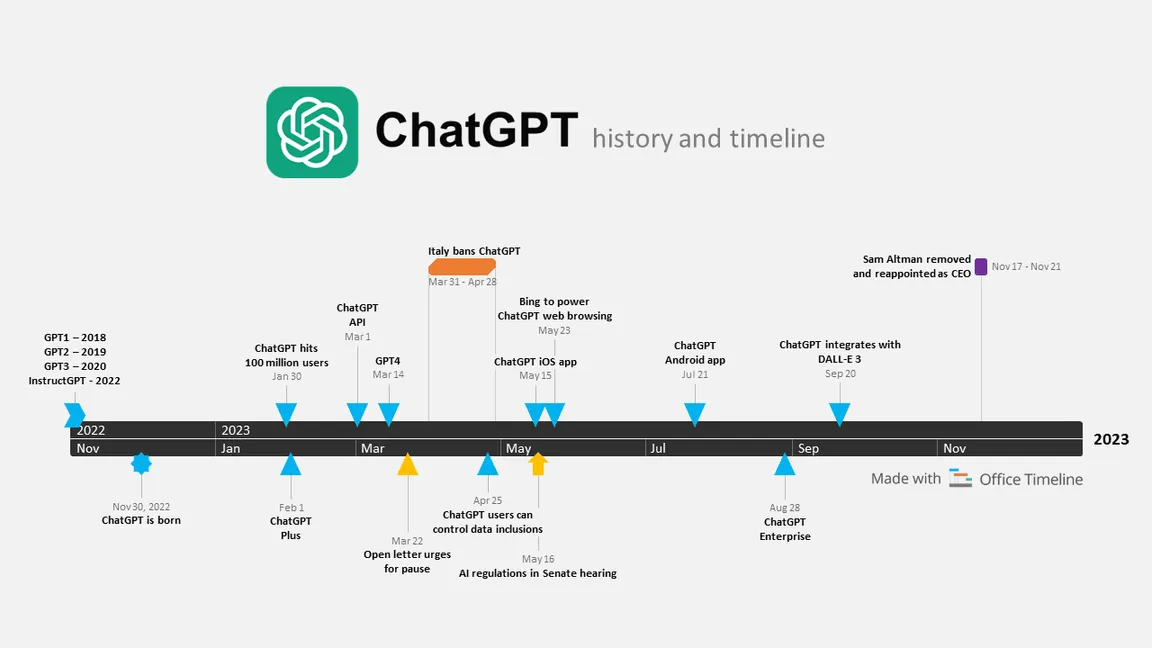
The Evolution of ChatGPT: From GPT-1 to ChatGPT 4
ChatGPT’s journey has been remarkable, marking significant milestones in natural language processing (NLP). Here’s an overview of its evolution:
1. GPT-1: The Starting Point (2018)
GPT-1 introduced transformer-based machine learning with 117 million parameters. While limited, it showcased the possibilities of generating coherent sentences using deep learning [OpenAI].
2. GPT-2: A Big Leap Forward (2019)
With 1.5 billion parameters, GPT-2 demonstrated impressive text generation capabilities. Its release generated both excitement and concerns about misuse, as its ability to write realistic text surpassed expectations [OpenAI Research].
3. GPT-3: The Game-Changer (2020)
GPT-3 set a new benchmark in AI with 175 billion parameters. Its applications spanned from creative writing to programming assistance, revolutionizing various industries [OpenAI API].
4. ChatGPT 4: A New Standard (2023)
ChatGPT 4 introduced multimodal functionality, allowing it to interpret and generate responses for text and images. It has ~300 billion parameters, enabling more accurate, nuanced, and contextual interactions [OpenAI GPT-4].
Key Features of ChatGPT 4
ChatGPT 4’s advanced features make it a standout model in AI technology. Below are its most notable features:
1. Multimodal Capabilities
Unlike GPT-3, ChatGPT 4 supports both text and image inputs. For instance, users can upload diagrams or charts and receive detailed explanations, enhancing its versatility in fields like education and design [MIT Technology Review].
2. Improved Contextual Understanding
The model handles up to 25,000 tokens of context compared to GPT-3’s 3,000, allowing for longer, coherent conversations without losing track of context.
3. Enhanced Reasoning Abilities
ChatGPT 4 excels in solving complex problems, performing better in benchmark tests such as the SAT and bar exams, where it scored in the top 10% [OpenAI Research].
4. Fine-Tuning for Customization
Businesses and individuals can customize the model’s tone and functionality to align with specific requirements, making it highly adaptable.
ChatGPT 4 vs. Previous Versions
Here’s a comparison of ChatGPT 4 with GPT-3 to illustrate its advancements:
| Feature | GPT-3 | ChatGPT 4 |
|---|---|---|
| Parameters | 175 Billion | ~300 Billion |
| Multimodal Support | No | Yes |
| Context Length | 3,000 Tokens | 25,000 Tokens |
| Reasoning | Good | Enhanced |
Applications of ChatGPT 4
ChatGPT 4’s versatility allows it to cater to diverse industries:
1. Education
ChatGPT 4 serves as a personal tutor, helping students understand complex topics or prepare for exams.
2. Healthcare
AI-powered chatbots enhance patient interactions, automate scheduling, and assist in medical research.
3. Content Creation
Writers and marketers use ChatGPT 4 to generate blogs, emails, and social media content quickly and effectively.
4. Software Development
Developers use it for debugging, writing code snippets, and learning new programming languages.
Challenges and Limitations
Despite its advancements, ChatGPT 4 has some limitations:
1. Cost and Resource Intensity
The computational power required to run ChatGPT 4 makes it inaccessible to smaller organizations.
2. Knowledge Cutoff
ChatGPT 4’s training data is static, meaning it lacks knowledge of events post-2021.
3. Ethical Concerns
Potential misuse and biases remain challenges that OpenAI is actively addressing.
Future Updates and Innovations
Looking ahead, OpenAI aims to further enhance ChatGPT with:
1. Real-Time Learning
Future iterations may include dynamic adaptability, allowing the model to update its knowledge in real time.
2. Expanded Multimodal Inputs
OpenAI plans to incorporate video and audio inputs for more comprehensive interactions.
3. Privacy-First AI
Enhanced data privacy features will ensure secure and ethical AI usage.
TaskVirtual: Your Partner in AI Integration
At TaskVirtual, we help businesses harness the power of AI tools like ChatGPT to enhance productivity and efficiency. Our services include:
- Custom AI Integration: Tailoring ChatGPT to fit your business needs.
- Content Generation: Streamlining marketing and communication with AI-driven solutions.
- Workflow Automation: Automating repetitive tasks to save time and resources.
Learn more about our services by exploring our blog on improving productivity with virtual assistants.
Conclusion: ChatGPT 4 and the Future of Conversational AI
ChatGPT 4 has set a new standard in conversational AI, with its multimodal capabilities, advanced reasoning, and applications across industries. As AI continues to evolve, tools like ChatGPT will shape the future of human-AI interactions. Whether you’re an educator, developer, or business leader, leveraging ChatGPT 4’s potential is the key to staying ahead. Partner with TaskVirtual to seamlessly integrate AI into your workflows and unlock new opportunities.
Frequently Asked Questions About ChatGPT 4
1. What is ChatGPT 4?
ChatGPT 4 is the latest version of OpenAI’s conversational AI model. It builds on the success of GPT-3 with enhanced reasoning, multimodal capabilities (text and image inputs), and improved contextual understanding.
2. How does ChatGPT 4 differ from GPT-3?
ChatGPT 4 has several upgrades over GPT-3, including a larger parameter count (~300 billion), the ability to process images and text, and a longer context memory of up to 25,000 tokens compared to GPT-3’s 3,000 tokens.
3. What are multimodal capabilities in ChatGPT 4?
Multimodal capabilities allow ChatGPT 4 to interpret both text and images. For example, users can upload an image or diagram, and the model can analyze or provide explanations about it.
4. What are the use cases of ChatGPT 4?
ChatGPT 4 can be used for diverse applications, including:
- Personalized tutoring in education.
- Generating content like blogs, emails, and social media posts.
- Automating customer service and support.
- Assisting developers with coding and debugging.
- Enhancing research in healthcare and technical fields.
5. Can ChatGPT 4 process real-time information?
No, ChatGPT 4’s knowledge is based on its training data, which is limited to events and information available up to September 2021. It cannot fetch or process real-time data.
6. Is ChatGPT 4 free to use?
OpenAI offers both free and paid versions of ChatGPT. Access to the latest features of ChatGPT 4 often requires a subscription through OpenAI’s ChatGPT Plus plan, starting at $20/month.
7. What industries benefit the most from ChatGPT 4?
Industries that benefit significantly include:
- Education: For lesson planning and student tutoring.
- Healthcare: For research and patient communications.
- Marketing: For generating ad copy, blogs, and social media content.
- Tech: For debugging and learning programming languages.
- Retail: For personalized customer support and eCommerce chatbots.
8. Is ChatGPT 4 better at problem-solving?
Yes, ChatGPT 4 has enhanced reasoning capabilities. It scored in the top 10% on standardized tests like the SAT and bar exams, showcasing its ability to solve complex problems effectively.
9. What are the limitations of ChatGPT 4?
Despite its advancements, ChatGPT 4 has limitations:
- Static Knowledge: Limited to training data up to 2021.
- Resource Intensity: Requires significant computational power.
- Bias in Outputs: Can unintentionally reflect biases in its training data.
10. How secure is ChatGPT 4?
OpenAI employs robust data handling practices, but users are advised not to share sensitive personal or business information while using ChatGPT to ensure privacy and security.
11. Can businesses customize ChatGPT 4 for specific needs?
Yes, businesses can fine-tune ChatGPT 4 to match their specific tone, style, and operational requirements. This makes it highly adaptable for professional use cases.
12. What are the future plans for ChatGPT?
OpenAI is working on future updates that may include:
- Real-time adaptability to learn during interactions.
- Expanded multimodal inputs, including video and audio processing.
- Enhanced privacy and security features for businesses.
13. How does ChatGPT 4 handle multiple languages?
ChatGPT 4 supports multiple languages for text inputs and outputs, making it a versatile tool for global audiences. However, the accuracy of responses can vary depending on the language.
14. How does ChatGPT 4 support developers?
ChatGPT 4 assists developers by generating code snippets, debugging, and offering insights into programming languages. It is particularly useful for automating repetitive coding tasks.
15. What are the ethical concerns with ChatGPT 4?
Ethical concerns include the potential for misuse (e.g., generating misleading content), data privacy risks, and biases in outputs. OpenAI actively addresses these issues through research and updates.
16. How can businesses integrate ChatGPT 4 into their workflows?
Businesses can integrate ChatGPT 4 using OpenAI’s API or third-party platforms. Partnering with AI solution providers like TaskVirtual simplifies implementation, making it easier to optimize workflows and automate tasks.
17. Where can I access ChatGPT 4?
ChatGPT 4 is accessible via OpenAI’s official website and API. Users can also integrate it with third-party platforms like Microsoft Teams, Slack, and Zapier for specific use cases.
18. How accurate is ChatGPT 4 compared to earlier models?
ChatGPT 4 is significantly more accurate than its predecessors, particularly in tasks involving reasoning, problem-solving, and contextual understanding.
19. Can ChatGPT 4 be used for academic research?
Yes, ChatGPT 4 can assist in summarizing articles, generating research questions, and drafting academic content. However, users should cross-verify information, as its knowledge is not updated in real-time.
20. How does ChatGPT 4 impact content creation?
ChatGPT 4 has transformed content creation by automating blog writing, ad generation, and even scriptwriting. It saves time while maintaining quality, making it a preferred tool for marketers and content creators.

